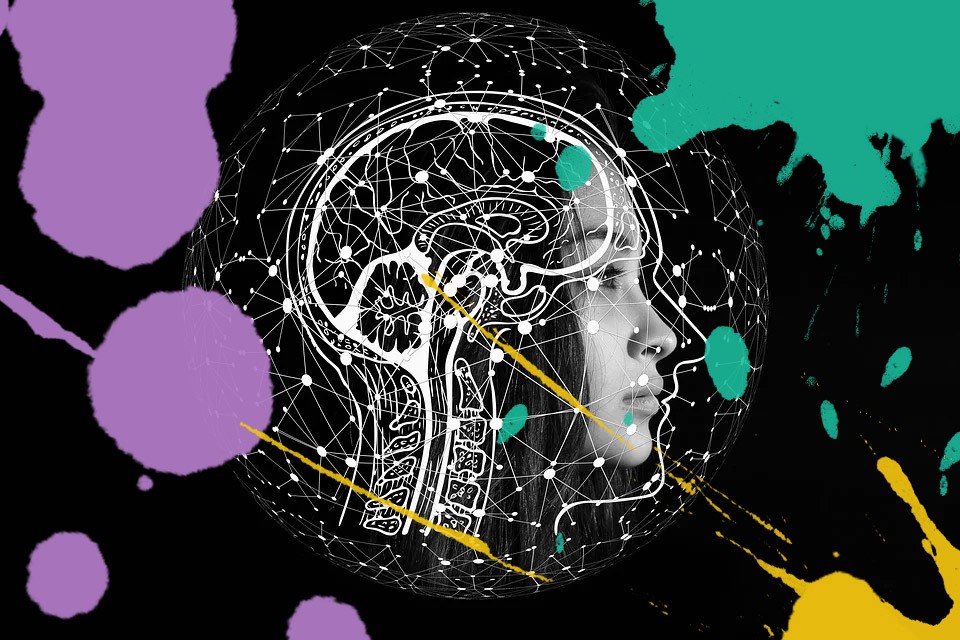
“The universe is made of stories, not atoms,” the poet Muriel Rukeyser once stated. We are storytelling creatures. We use narrative to make sense of both ancient history and our daily experience.
Every culture has its own set of stories which informs our understanding of the world and our place in it, just like we each have our own personal mythology, the stories we tell ourselves about ourselves.
Even 40,000 years ago human beings told simple stories on the walls of caves, portraying their impressions and transmitting them through the ages.
Since the principle of storytelling is so much an essential part of what it means to be human we can tap into it to help us learn languages faster and more efficiently.
1. Virtual Reality Of The Mind
Human minds yield helplessly to the suction of story. No matter how hard we concentrate, no matter how deep we dig in our heels, we just can’t resist the gravity of alternate worlds. – Jonathan Gottschall
In the 1980s and 1990s, scientists at the University of Parma Italy made an interesting discovery by monitoring the brain activity of monkeys. What they found was that when a researcher, observed by the monkey, picked up a banana, the same neurons were activated as when the monkey picked up the banana itself.
These so called “mirror neurons” are a key component of the power of storytelling. They recreate a certain experience or action in our own brains just from observing it in another person.
This is why, when we read a great novel or watch an engaging movie, our brains sync with the story, causing us to experience the protagonist’s fear, sadness or joy as if it were our own.
2. The Chemistry Of Attention, Care & Distress
Stories are powerful because they transport us into other people’s worlds but, in doing that, they change the way our brains work and potentially change our brain chemistry — and that’s what it means to be a social creature. – Paul Zak
Paul Zak, Professor of Economics and the founding Director of the Center for Neuroeconomics Studies at Claremont Graduate University, once conducted an experiment in which he showed participants a short animated story about a boy and a father struggling with cancer. The researchers took blood samples from the participants before and after showing the clip, and found that watching the story raised both cortisol and oxytocin levels in the brains of participants.
Cortisol is a chemical that focuses our attention and is also linked to experiencing distress. Oxytocin is connected with care, connection and the feeling of empathy.
The researchers then asked participants to donate money to strangers in the lab and they found that those who produced both cortisol and oxytocin were more likely to donate generously.
This experiment shows that storytelling can create real behavioral change by altering our brain chemistry. Anyone who has ever committed themselves to learning a foreign language or brooded over grammar books and vocabulary lists knows that acquiring a new language is a lot of work. It takes serious time and commitment. We all need a pick-me-up sometimes.
Regular large doses of caffeine might help to keep us awake and motivated, but the cortisol and oxytocin produced by our own brains may be even better, if not healthier.
3. Stories Make Us Feel Connected
According to Keith Oatley, Canadian novelist and professor emeritus of cognitive psychology at the University of Toronto, “people who read a lot of fiction tend to have higher levels of empathy and better social skills than those who don’t.”
A recent Harvard study seems to confirm this, as quoted in the Wall Street Journal:
“[…] reading fictional excerpts about individuals and groups of people heightened activity in a brain system known as the default network. This system is active when people are imagining hypothetical situations, such as the past or the future, or thinking about another person’s perspective. By contrast, reading fiction about physical places didn’t evoke the same response.
When brooding over conjugation sheets and declension tables it can be easy to forget that language is always embedded into specific social situations and culture. And we sometimes just don’t have ample opportunities to go out and practice the language we’re learning with actual people.
By reading stories in our target language we can recreate these social situations in our imagination and develop our communication skills in the safety of this “virtual reality”. It’s like being in a dream where it doesn’t matter to our brain if a situation is actually real or imagined: the same neurons are firing and the same chemicals are released.
–

